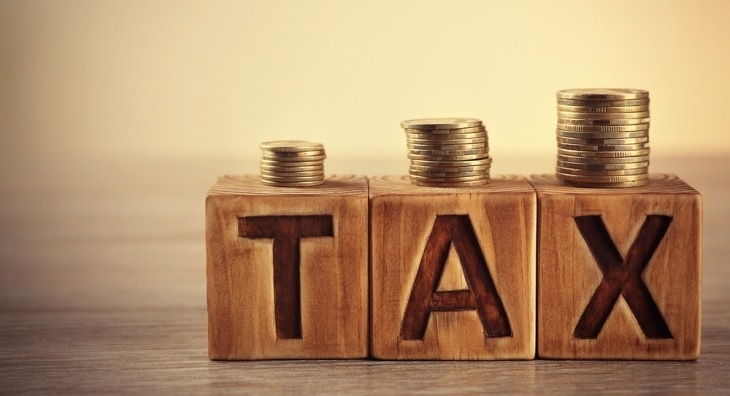Jasmine Birtles
Your money-making expert. Financial journalist, TV and radio personality.


There are quite a few tax and benefit changes coming in this month (April 2016). Not only are there the ones that were announced in previous Budgets but there are others that were mentioned in this year’s Budget that will have effect as of now.
Here’s a list of what you can expect. Everyone will be affected by at least one of them so take a quick look at the list just in case!
We have covered the new State pension in this article so take a look there.
Also, you can find out about how you can make up to £1,000 tax-free on your ordinary savings accounts and use your ISAs more flexibly here.
This is now live for those aged 25 and over. They get £7.83 an hour.
Those between 21 and 24 will still be subject to the minimum wage, £7.38.
Your personal allowance is the amount of money you are allowed to earn each year before you have to start paying tax on it.
Raising this has been a consistent theme from Osborne’s first Budget in 2010. At that point it was £6,475, In the last tax year it was £11,500. It’s now £11,850, and he has already committed to a rise to £12,500 in 2020/21.
This massively increased personal allowance, coupled with the higher ‘living wage’ is likely to lead to a future Government scrapping in-work benefits such as Working Tax Credit (although they haven’t said that – it’s just our conjecture).
This is the point at which you have to start paying 40% tax rather than the basic rate of 20%. At the moment it is £34,501.
The Chancellor has already committed to raising it to £50,000 by 2020/21.
Also, the Additional rate tax (45%) paid by those on really high incomes hasn’t changed. It’s at the same rate and still applies to income over £150,000.
£40,000 a year max allowance.
Lifetime allowance: £1,030,000.
There will be an additional 3% on the usual rate when you buy a second property now.
So that means you will pay 3% on homes worth up to £125,000, 5% on homes that cost between £125,001 and £250,000, 8% on homes worth between £250,001 and £925,000, 13% on homes worth up to £1.5m and 15% on anything over that.
£20,000.
Married couples and civil partners can now transfer £1,150 of personal allowance from the lower-earning partner to the higher earner. This only applies if the higher earner is a basic rate taxpayer (not a 40% taxpayer)
The higher rate of CGT will be cut from 28% to 20% this April.
Taxpayers in the 10 and 15 percent tax brackets pay no tax on long-term gains on most assets; taxpayers in the 25-, 28-, 33-, or 35- percent income tax brackets face a 15 percent rate on long-term capital gains.
Dividend Allowance – first £2,000 tax free.
After that, you will face higher dividend tax rates. Dividends are also taken as your last slice of income (taxable at the highest rate).
Basic rate tax payers will pay 7.5% on all dividends over the first £2,000.
Higher rate taxpayers will pay 32.5%
Additional rate taxpayers will pay 38.1%
Dividends and interest received in ISAs and pensions will continue to be exempt from tax.

Very useful information.